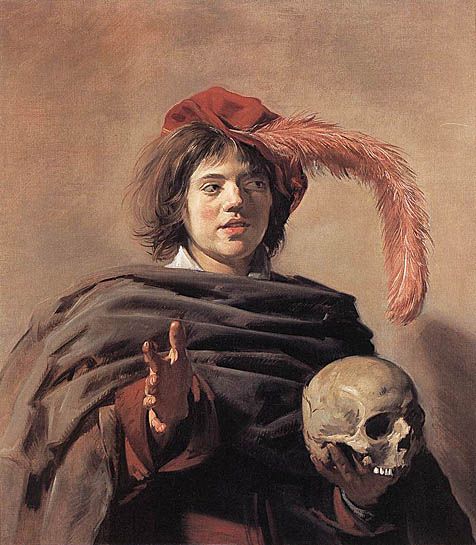Valentine’s Day, a day to celebrate love. Also, a day that most people either adore or despise, with not a lot of in-between. Personally, I’m in it for February 15th, when all the candy goes on sale and I’m a sucker for the adorable puns that pop up all throughout this season, especially the ones about lollipops. Nowadays, Valentine’s Day seems to exist as more of a consumer holiday with businesses capitalizing on the celebration of love with specials and promotions to encourage people to spend more money on a specific object because it’s shaped like a heart.
However, Valentine’s wasn’t initially a celebration of all kinds of love, and we can actually trace its origins back to an ancient Roman holiday that could be connected to Valentine’s Day as we know it now. Lupercalia, also known as dies Februatus, was a festival celebrated on February 15th to promote and ensure fertility for not only the people but also the fields and flocks of animals. The young men of Rome would participate in a tradition every year in which they would begin at the foot of Palatine hill, where Romulus and Remus, the twin founders of Rome washed ashore. These young men would then sacrifice goats and wear the skins as loincloths before running a circuit around the hill, where they would then strike any young women they came into contact with thongs. They were imitating the God of cattle, Pan, who would prance around the forest looking for sexual favors. It was meant to symbolize the awakening of the powers of fertility and life.
Now some historians are still skeptical over whether or not the Lupercalia festival can be directly connected to Valentine’s Day as we celebrate now, and you have to wonder how the holiday gained its name? St. Valentine, the saint of passionate pursuit, has many stories as there are at least a dozen Valentines. However, in the 3rd century, there was an emperor by the name of Claudius II, who had many bloody military ventures. Many men would dodge the military draft to avoid fighting in his conflicts by marrying until Claudius outlawed marriage to boost his ranks. Until a young priest by the name of Valentine began to perform secret marriages in defiance of the law. He was inevitably caught, imprisoned, and sentenced to death but while he was imprisoned many young people continued to come to visit him, offering him notes and flowers, expressing shared feelings and desires for love over war. These offerings can be considered the first valentines. This young priest was executed on February 14th as his execution went off schedule and it was coincidentally on a day that had been devoted to Roman love lotteries.
The story of Valentine’s Day continues into the late fourteenth century. Birds became a huge symbol for the coming of spring and more specifically of love and fertility. Then the English romantic poets, Chaucer and a few other medieval romantic poets caught ahold of this allegory and began to create connections between birds choosing their mates and St. Valentine. In Elizabethan England, lovers began sending a token of their affection to their significant other on this day including their loved ones or someone they had admired from afar.
In the mid-nineteenth century in America, there was a return to romanticism and also the rise of a consumer-oriented culture. This sparked a reinvention of the holiday with booksellers and printers contributing to a massive trend of gift-giving that continued to rise to the point that post offices were forced to buy wheelbarrows to help them deliver all of the cards on time. It was around this time, 1861, that chocolate became associated with Valentine’s Day, when a candy-maker named Richard Cadbury decided to sell chocolate in heart-shaped boxes decorated with rosebuds and cupids. These images were already synonymous with romance, so it was almost an immediate hit, and a new tradition for the holiday was born. Some historians have tried connecting the presence of chocolate in the holiday to aphrodisiacs that some people would give their Valentine’s in the fourteenth century as a form of a love potion but no historians have been able to make a substantial link between chocolate and valentine’s aside from its first appearance in 1861.
It’s sort of strange how outlawing marriage and sacrificing goats can ultimately be connected to a commercialized holiday that capitalizes and makes a profit off of love. However, there is nothing sweeter than receiving a card from a loved one on a day dedicated to celebrating all kinds of love, no matter what the origins of the holiday or how it exists now it’s still an opportunity to give and share love all over the world, which I think is something to be celebrated in and of itself.
Resources:
Anthony F. Aveni. The Book of the Year : A Brief History of Our Seasonal Holidays. Oxford University Press, 2003. EBSCOhost, search.ebscohost.com/login.aspx?direct=true&db=nlebk&AN=151413&site=bsi-live.



